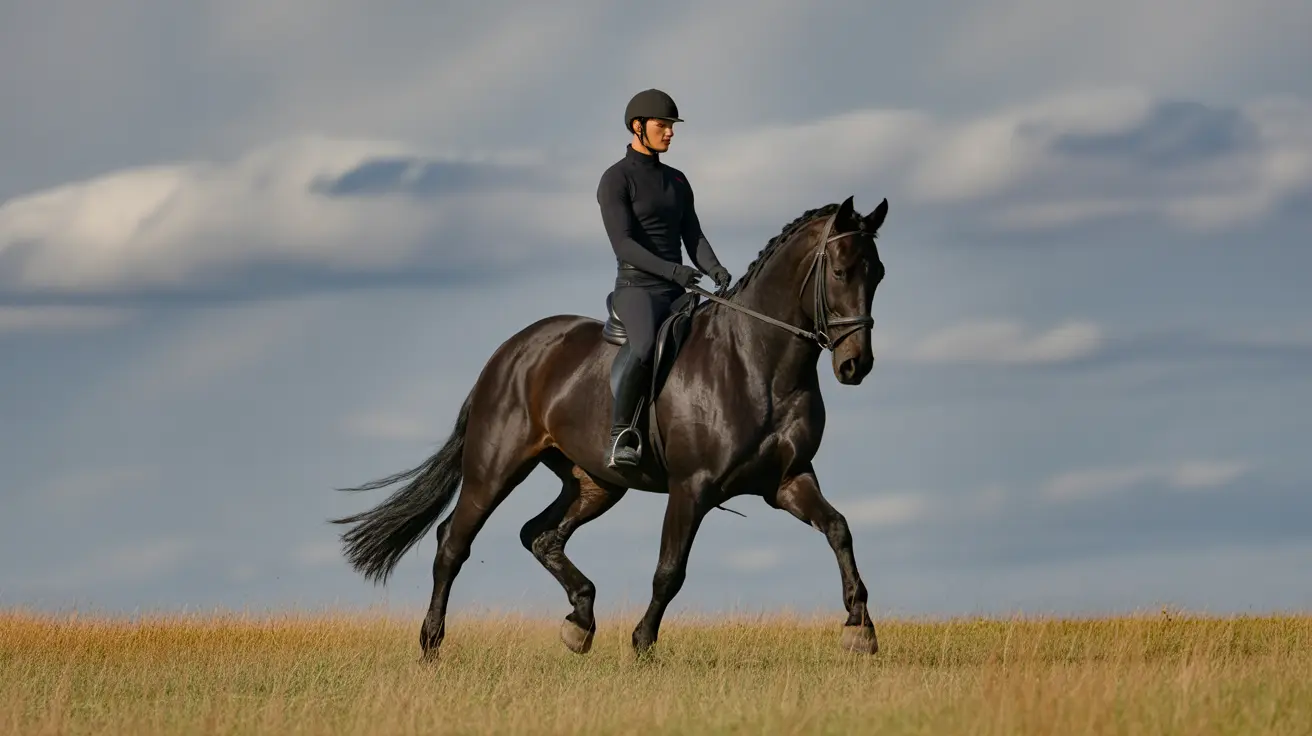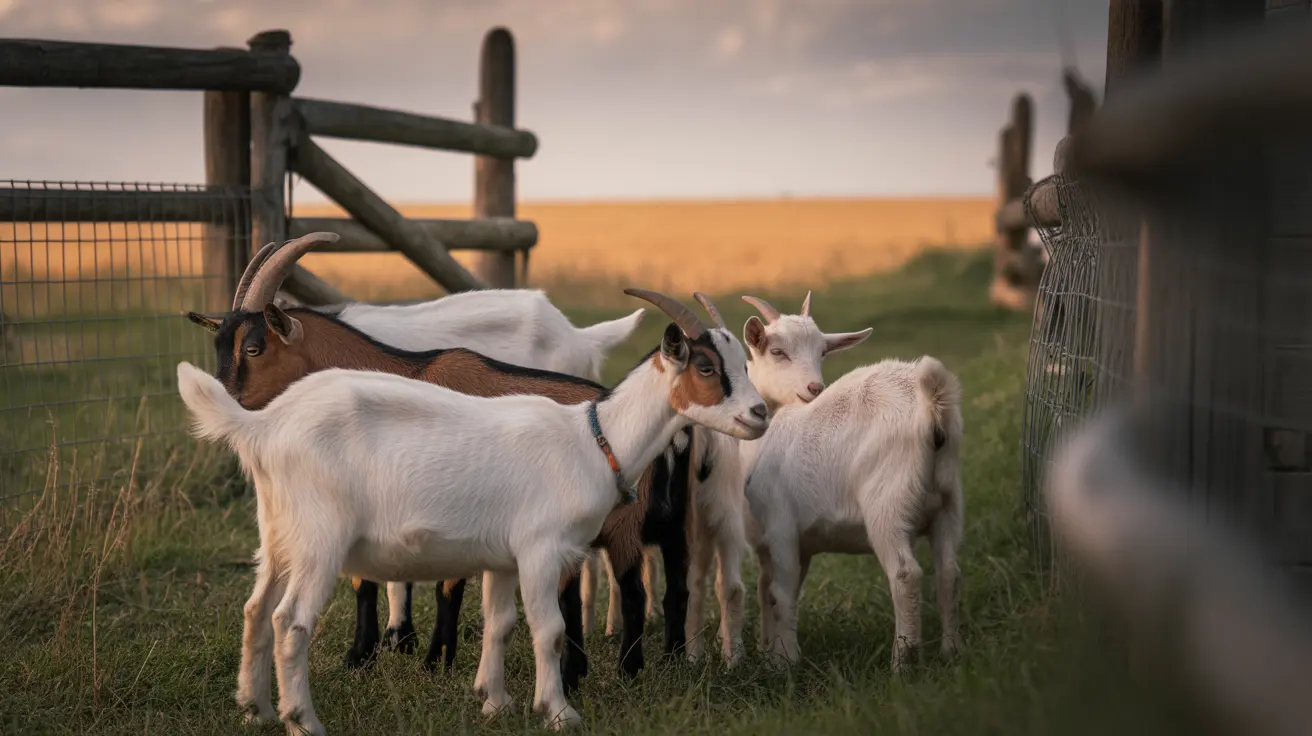Animal health officials in DeSoto County have provided an important update regarding horses following the postponement of a local rodeo due to an equine herpesvirus outbreak. The decision to delay the event reflects growing concerns about EHV-1 transmission and the need to protect horses from this highly contagious respiratory and neurological disease.
The postponement comes amid heightened awareness of equine herpesvirus outbreaks across the country, with horse owners and veterinarians working together to implement strict biosecurity measures. This proactive approach demonstrates the serious nature of EHV-1 and its potential impact on equine health and the broader equestrian community.
Understanding the Equine Herpesvirus Outbreak
Equine herpesvirus type 1 (EHV-1) is a common viral infection that affects horses worldwide. While many horses carry the virus without showing symptoms, stress from travel, competition, or environmental changes can trigger an outbreak. The virus can cause respiratory symptoms, pregnancy loss in mares, and in severe cases, devastating neurological complications.
The current outbreak situation has prompted officials to take preventive action by postponing the DeSoto County Pro Rodeo. This decision prioritizes horse welfare and helps prevent the potential spread of the virus among participating animals and those in surrounding facilities.
How Does EHV-1 Spread Among Horses
Understanding transmission patterns is crucial for horse owners and event organizers. EHV-1 spreads through direct horse-to-horse contact, contaminated equipment, and airborne droplets in enclosed spaces. The virus can survive on surfaces for several hours, making thorough disinfection essential.
Large gatherings like rodeos present particular risks because horses from different locations come together, potentially bringing the virus from various geographical areas. The close quarters and shared facilities at such events can accelerate transmission if proper precautions aren't maintained.
EHV-1 Symptoms in Horses and Early Detection
Horse owners should remain vigilant for signs of infection, which can vary depending on the form of the disease. Respiratory symptoms typically appear first, including fever, nasal discharge, and coughing. These early signs are often mistaken for common respiratory infections.
The neurological form of EHV-1 presents more severe symptoms, including difficulty walking, loss of coordination, and in extreme cases, paralysis of the hindquarters. Quick veterinary intervention is essential when any neurological signs appear, as this form can be life-threatening.
Preventing Equine Herpesvirus Through Biosecurity Measures
Effective prevention relies on comprehensive biosecurity protocols. Horse owners should limit unnecessary travel and contact with unfamiliar horses during outbreak periods. Regular temperature monitoring can help identify infected horses before symptoms become severe.
Facility management plays a crucial role in prevention. This includes restricting access to barns, disinfecting shared equipment between uses, and maintaining separate water and feed sources for different groups of horses. Proper ventilation in enclosed spaces also helps reduce airborne transmission risks.
Managing EHV-1 Outbreak and Horse Quarantine Protocols
When an outbreak occurs, immediate quarantine measures become essential. Infected horses should be isolated from healthy animals, with separate caretakers when possible. Movement restrictions help contain the virus and prevent its spread to new locations.
Veterinary guidance is crucial during outbreak management. Professional monitoring helps determine when quarantine can be safely lifted and normal activities resumed. The recovery period varies, but horses typically need several weeks of rest and monitoring before returning to regular activities.
EHV-1 Vaccination Efficacy and Limitations
While vaccines are available for equine herpesvirus, horse owners should understand their limitations. Vaccination can reduce the severity of respiratory symptoms and decrease virus shedding, but it may not completely prevent infection or the neurological form of the disease.
Regular vaccination schedules, typically administered every 4-6 months, provide the best protection available. However, vaccination should be combined with good management practices and biosecurity measures for optimal results.
Frequently Asked Questions
What are the common symptoms of equine herpesvirus (EHV-1) in horses?
Horses infected with EHV-1 typically show fever, nasal discharge, and neurological signs such as ataxia or paralysis in severe cases.
How does equine herpesvirus (EHV-1) spread between horses?
EHV-1 spreads primarily through close contact, nasal secretions, contaminated equipment, and airborne respiratory droplets in enclosed spaces.
What precautions should horse owners take to prevent EHV-1 infection during outbreaks?
Horse owners should limit horse travel, increase biosecurity by disinfecting equipment, restrict stable access, enforce quarantine protocols, and monitor horses for symptoms.
Why was the DeSoto County Pro Rodeo postponed due to the EHV-1 outbreak?
The rodeo was postponed to protect horse health and safety by preventing potential virus spread amid a nationwide surge in EHV-1 cases.
Can vaccination fully protect horses against the neurological form of EHV-1?
Vaccination helps reduce respiratory symptoms and virus shedding but may not fully protect against the severe neurological form of EHV-1.
Conclusion
The postponement of the DeSoto County rodeo demonstrates responsible decision-making in the face of an equine herpesvirus outbreak. While disappointing for participants and spectators, such precautionary measures are essential for protecting horse health and preventing further spread of this serious disease.
Horse owners should stay informed about outbreak developments in their area and work closely with veterinarians to implement appropriate prevention strategies. By maintaining vigilance and following proper biosecurity protocols, the equestrian community can help minimize the impact of EHV-1 outbreaks and protect the health of horses nationwide.






